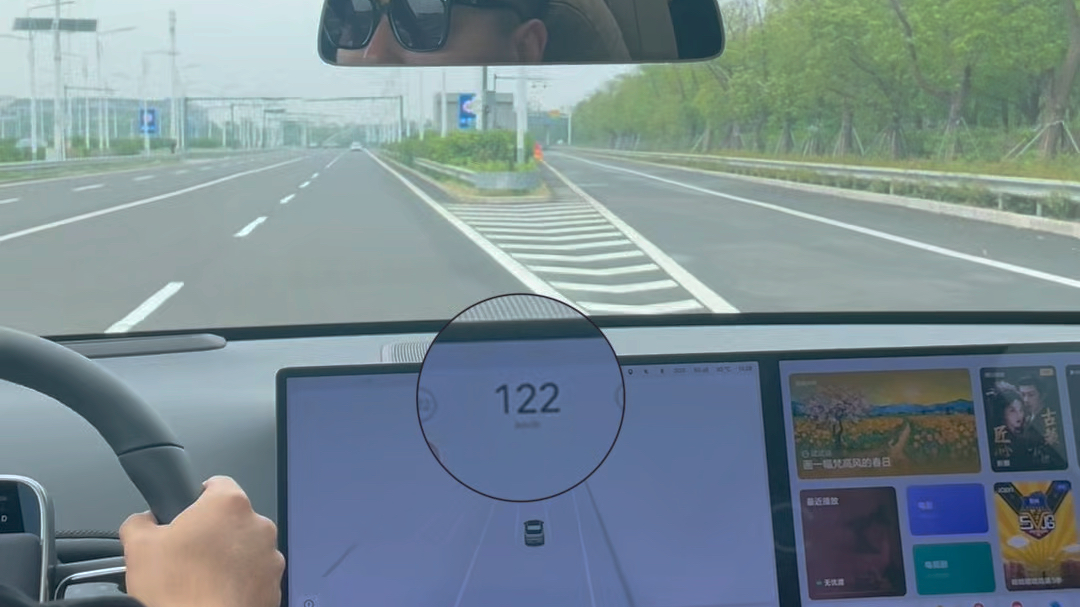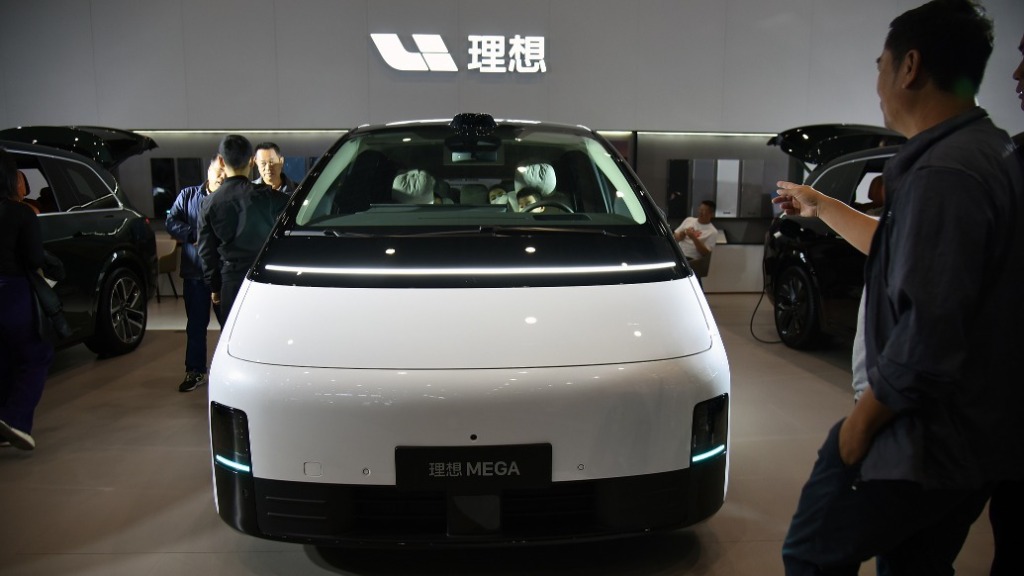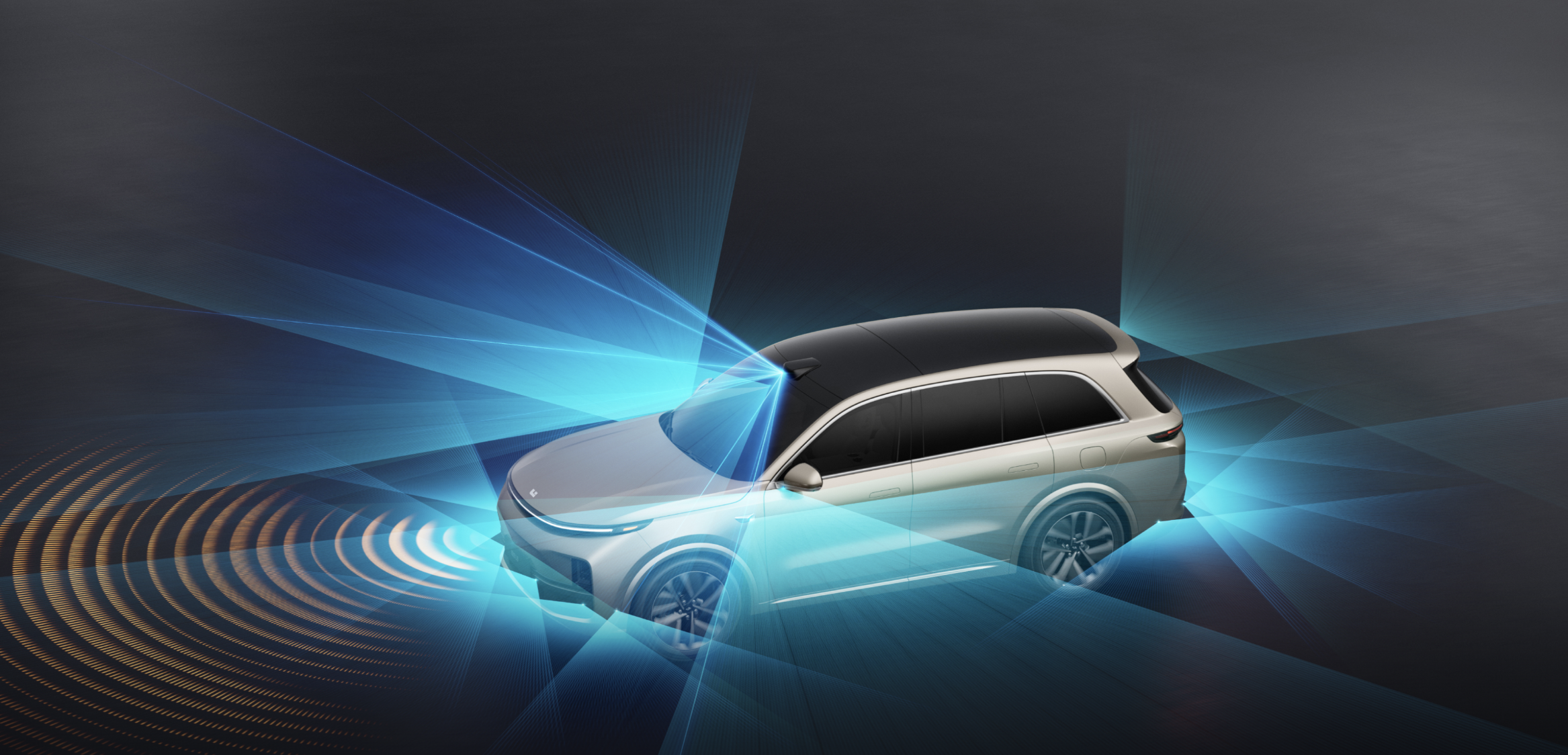
Late one night in March 2025, an Ideal L7 was speeding at 120km/h on the Beijing-Hong Kong-Macao Expressway. There was an accident ahead, with two faulty cars lying across the lane, and pedestrians watching in the emergency lane. Before the owner could react, the vehicle had automatically turned right and passed steadily through the gap between the two cars - this was a real test of the Ideal AES automatic emergency steering function, and the "safety hero" behind it was the LiDAR. This real case not only demonstrated the advantages of LiDAR, but also confirmed Ideal Auto's forward-looking thinking on safety.
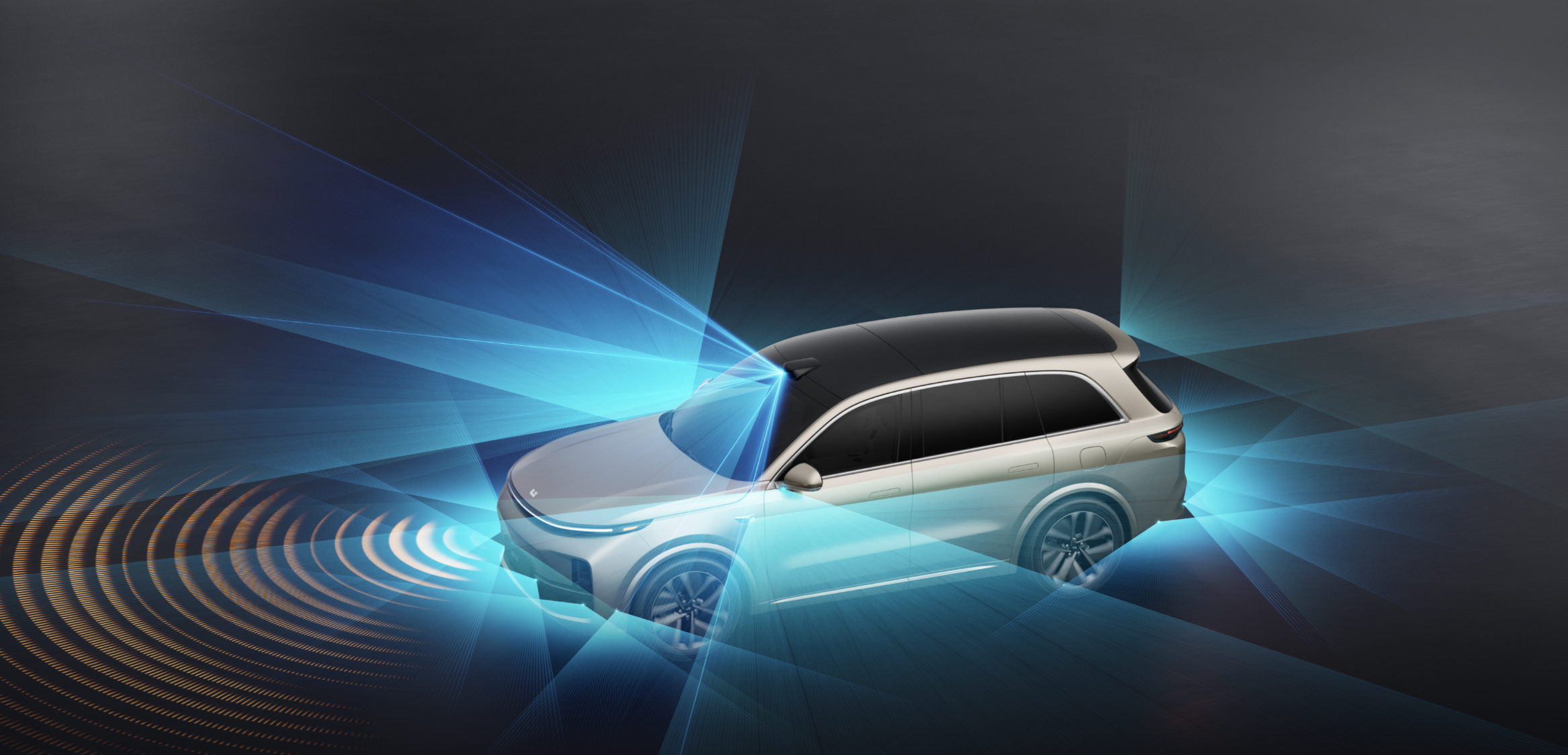
Ideal Auto ATL all-weather laser radar. Photo/ Ideal Auto official
Going against the tide: When LiDAR becomes a “safety necessity”
At the beginning of 2024, a two-week argument was underway in the conference room of Ideal Auto's headquarters. Li Xiang threw the issue of "whether to add LiDAR to the ADPro platform" on the table. At that time, the industry was setting off a wave of "de-LiDAR", and many brands were gearing up for pure vision solutions. But a set of data from Ideal's active safety team settled the debate: the accident rate of models equipped with LiDAR is 20%-30% lower than that of pure vision solutions, and the accident rate at night is 41% lower. When the industry generally regards LiDAR as a "functional part" for assisted driving, Ideal has positioned it as a "safety part" - just like seat belts and airbags, even if they are not actively used, they can automatically improve safety in an emergency.
This recognition stems from the "user value" that Ideal Auto always talks about. In 2021, Ideal L9 ranked last in the third-party AEB horizontal evaluation. At that time, L9's active safety had not yet integrated the information of LiDAR, only the information of cameras and millimeter-wave radar. Lang Xianpeng, the head of autonomous driving, printed the test results and posted them on the workstation, leading the team to reconstruct the technical architecture in 3 months, and finally integrated the information of LiDAR into the field of active safety, achieving a brake stop at 120km/h in the dark without street lights. Li Xiang, chairman and CEO of Ideal Auto, once said that the product development principle of Ideal Auto is "safer, more comfortable, and more convenient", among which safety always ranks first. He also emphasized in the live broadcast in May 2025 that "equipment involving life safety should be standard, and safety budgets do not need to be approved." This "regardless of cost" investment has made Ideal the world's first brand to have LiDAR as standard for all models, turning the safety configuration originally exclusive to high-end models into a "basic guarantee" for millions of families. As of June 12 this year, Ideal's active safety functions have helped users avoid potential collision accidents more than 7.3 million times. In terms of data, it ranks at the top of the industry.
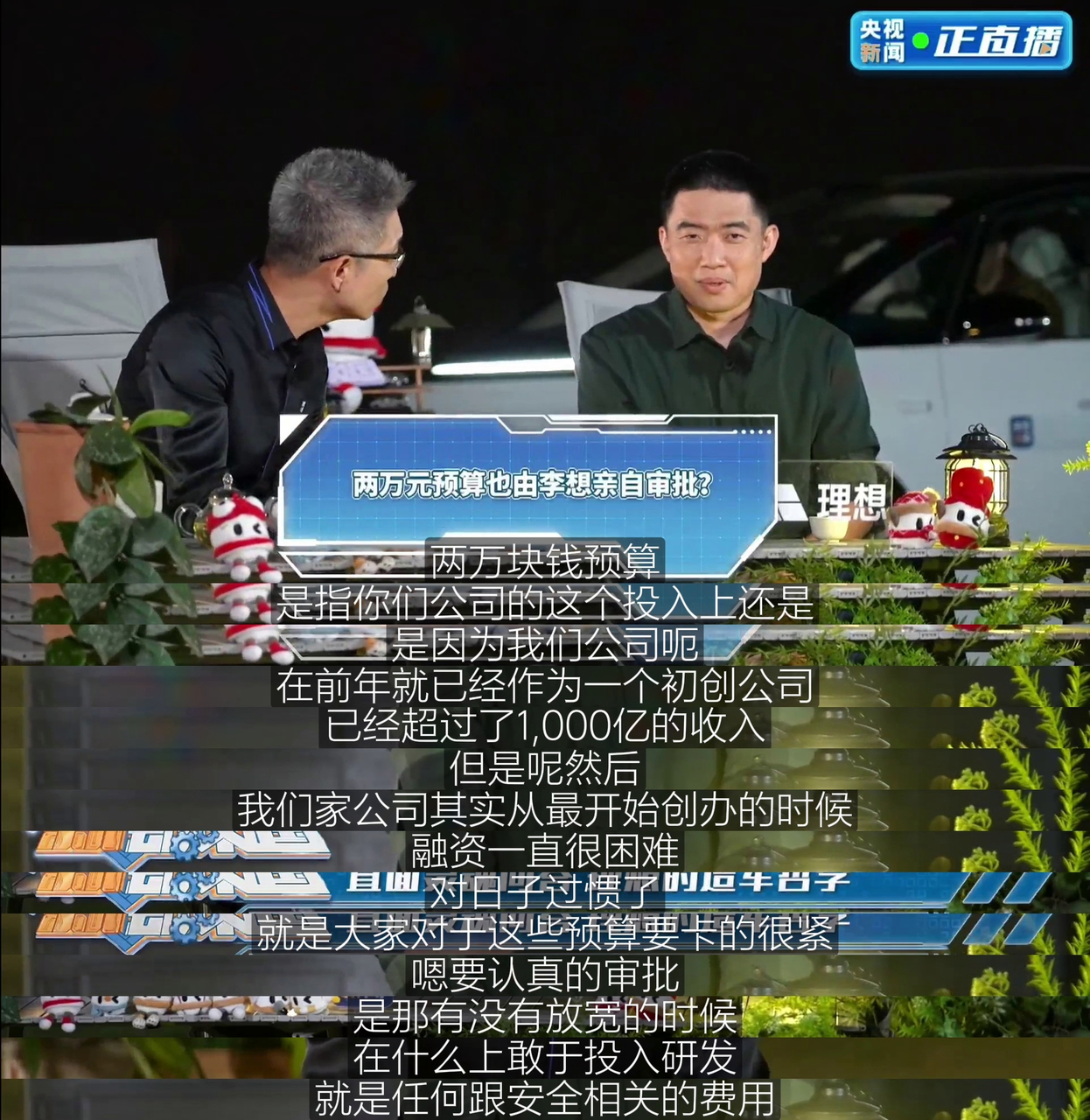
Li Xiang said in a CCTV live broadcast that any security-related expenses would be directly passed. Photo/CCTV News Live Broadcast
From functions to scenarios: the full-dimensional evolution of active safety
In the Ideal user community, a car owner shared an experience on a rainy night: when the high beam of the oncoming vehicle blurred his vision, the car suddenly slowed down automatically - the laser radar penetrated the rain and fog and identified the pedestrians crossing in front in advance. This "invisible protection" comes from the industry's first high-frequency and high-risk driving risk scenario library built by Ideal, covering hundreds of scenarios such as three-wheeled vehicles poking their heads out and the disappearing car in front.
What users can perceive is the "hardcore" upgrade of Ideal's active safety functions. Since 2023, Ideal Auto has successively launched full-speed AEB, which covers all working conditions from stopping delivery vehicles at 90km/h at urban intersections to stopping stationary accident vehicles at 120km/h on highways; 360-degree safety shield, which can stop obstacles such as basement pillars and corners in low-speed scenarios, and rearward AEB covers a range of 100 degrees, automatically cutting off power when the accelerator is accidentally stepped on when reversing; the industry's first AES automatic emergency avoidance, achieving two consecutive avoidances and front and rear pinch protection, stably triggered within the range of 60~130km/h, to deal with extreme scenarios such as "ghost heads".
In the CCTV live broadcast in 2025, Yue Yunpeng personally experienced the extreme scene of Ideal L9 Max passing through a fake wall at a speed of 120km/h. The vehicle passed through the fake wall smoothly, confirming Ideal's concept of "safety is not a show of skill". Behind this ability is the result of Ideal Auto's long-term R&D investment. In addition to the obvious improvement in computing power and algorithms, the bottom-level automotive operating system is actually developed by Ideal for safety.
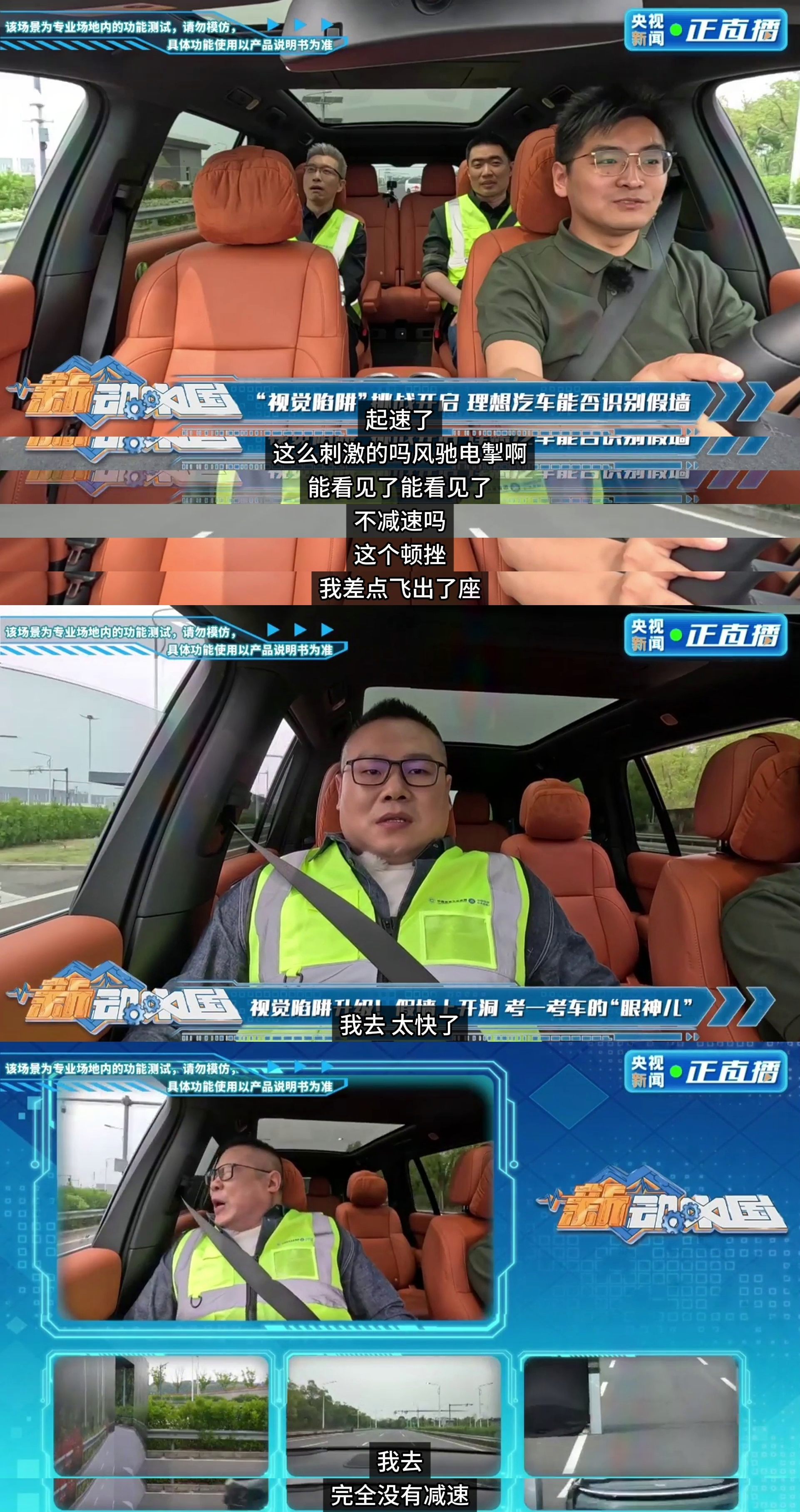
CCTV broadcasts the most stringent "fake wall" test live, and Ideal Auto can identify it with 100% accuracy. Photo/CCTV News Live Broadcast
Bottom-layer reconstruction: StarRing OS improves security ceiling
At the bottom layer invisible to users, Ideal's self-developed StarRing OS operating system is reconstructing security logic. When the global chip shortage occurred in 2020, Ideal decided to start developing its own automotive operating system. Unlike operating systems such as "Android" and "iOS", Ideal's self-developed Ideal StarRing OS automotive operating system is invisible and intangible. It is neither a car operating system nor an assisted driving system. These user-perceivable systems are actually just like mobile phone applications in front of StarRing OS. Therefore, what Ideal needs to do is to lay a new "foundation" for smart electric vehicles.
Ideal StarRing OS has achieved a number of key breakthroughs, among which the most relevant to safety is "response speed". Active safety functions require "three-department reporting" from the camera detecting danger to the execution of braking. StarRing OS, through cross-system architecture design, has doubled the response speed of the entire link of perception decision execution, and shortened the AEB braking distance by 7 meters at 120km/h.
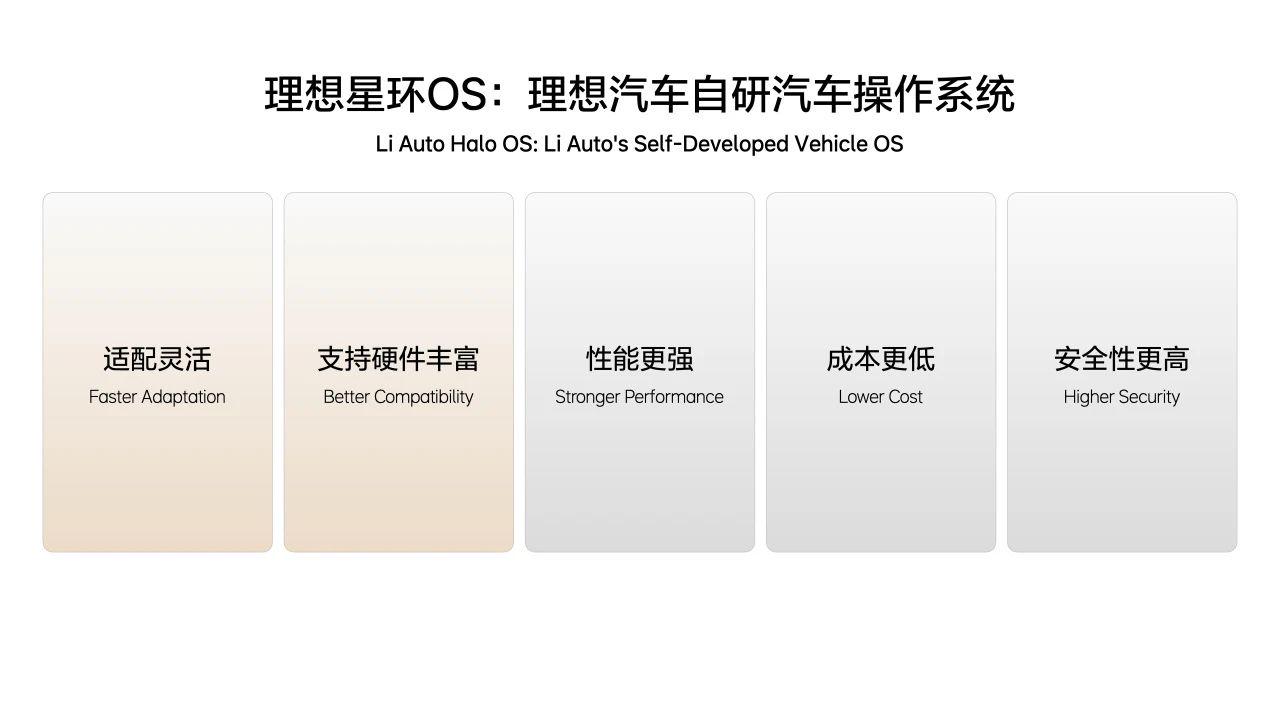
Ideal StarRing OS: Ideal Auto’s self-developed automotive operating system. Photo/ Ideal Auto official
Ideal security philosophy: from "passive defense" to "active evolution"
Ideal's active safety journey has two key turning points: from "supplier solution" to "fully self-developed system", and from "single-point function" to "closed data loop". In 2019, Ideal ONE's AEB was still a visual solution provided by suppliers. In 2021, it started to develop its own modules, and L9 achieved a deep integration of lidar and vision. Behind this transformation is the long-termism of a 200-person R&D team and a billion-level R&D investment.
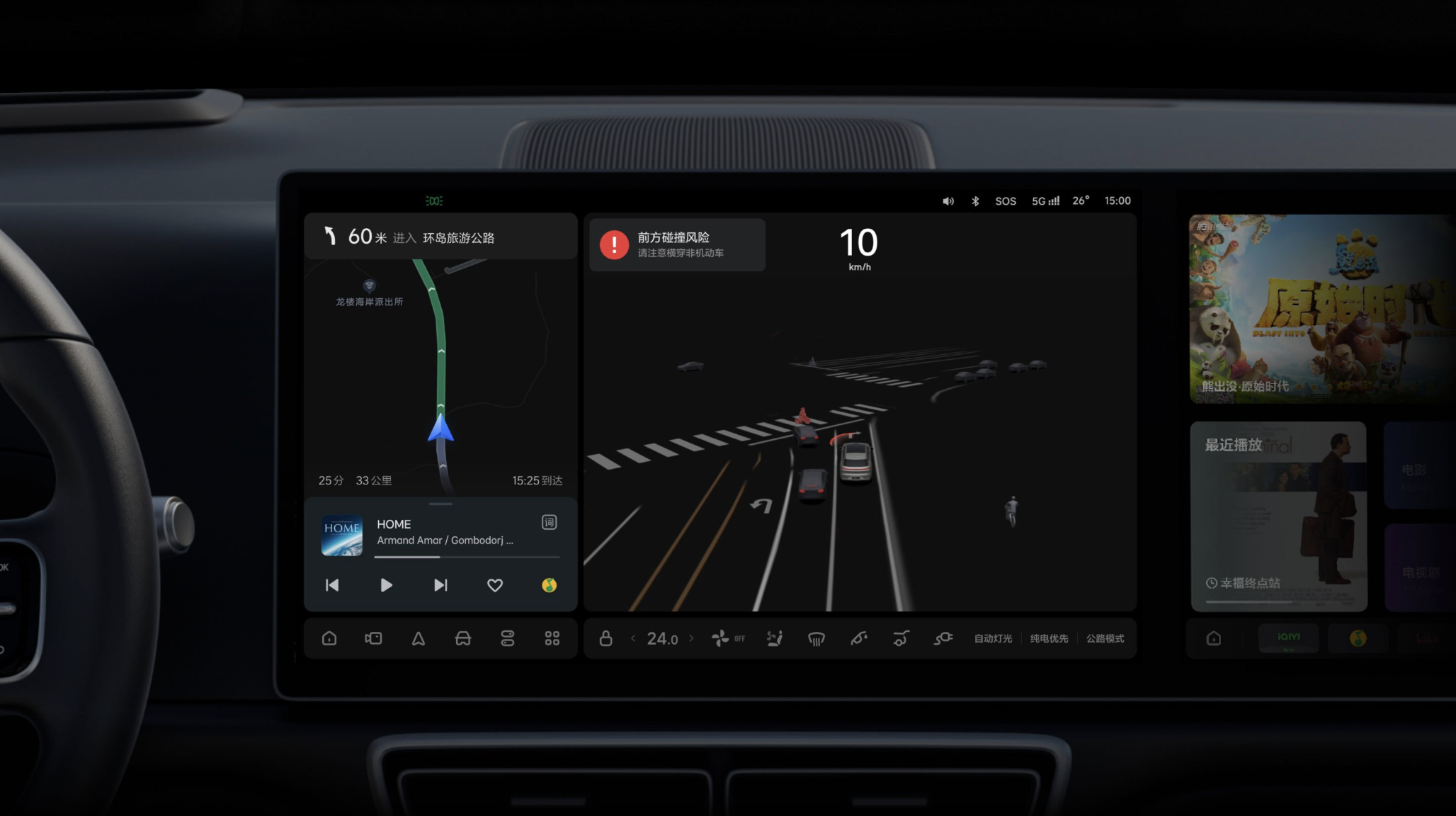
Ideal Auto's automatic emergency braking (AEB) in high-frequency urban scenarios. Photo: Ideal Auto official
More importantly, the mechanism of "safety evolution" is the basis for Ideal to continuously iterate active safety algorithms based on feedback from nearly one million users. When LiDAR becomes the "standard configuration" of cars, when AEB evolves from an "emergency function" to "full-scenario protection", and when the operating system provides a "digital foundation" for safety, Ideal is redefining car safety. This is not a short sprint, but a long-distance race written with technology, data and concepts, and the end point is the safe travel of every family. Just like the 200-meter detection distance of LiDAR, Ideal Auto's forward-looking vision has long surpassed the current technological competition.
